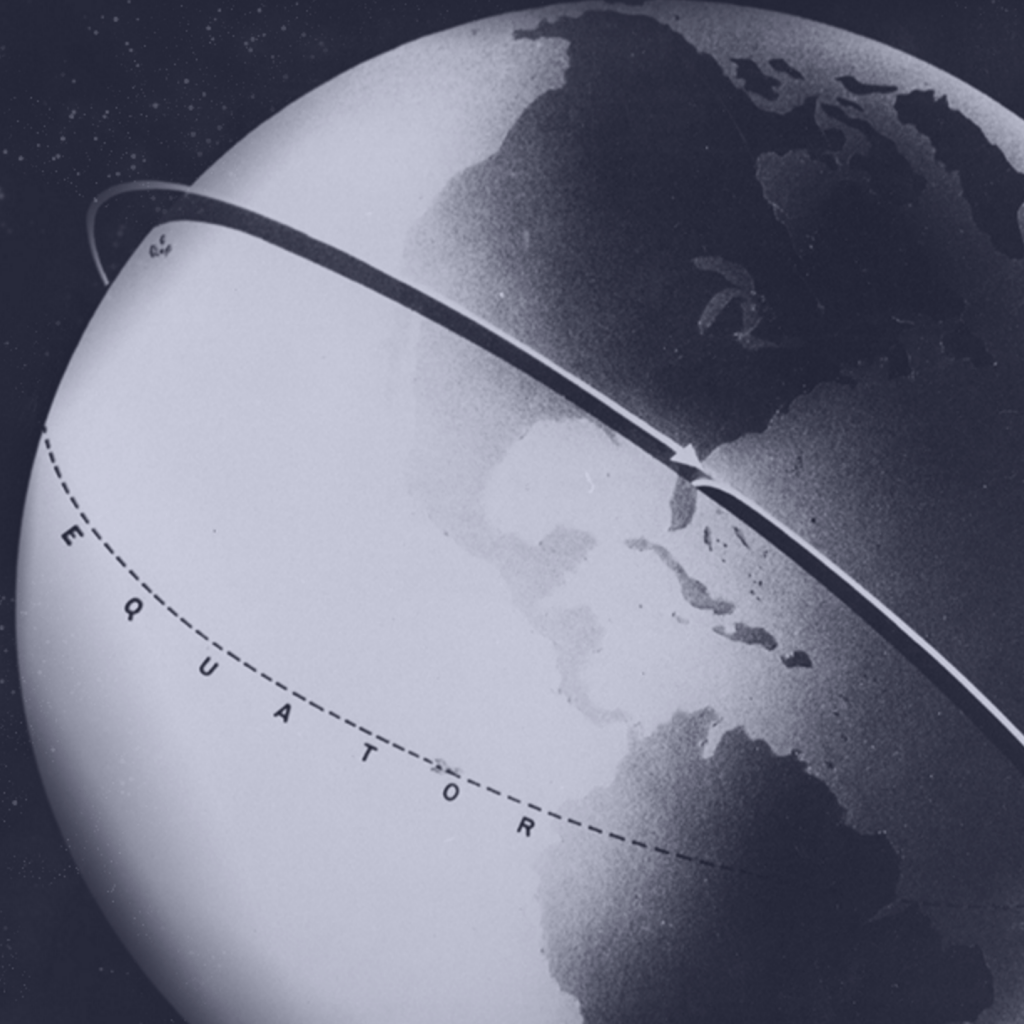Explorer's Legacy
January 31, 1958: the world was watching as the United States launched its first satellite into earth orbit. Explorer I was a response to the launch of Sputnik I and II by the Soviet Union, but it differed from those historic flights in one substantial way—it carried a scientific experiment into space for the first time, which sent data back to earth. Although primitive by modern standards, the cosmic ray detector onboard Explorer I discovered the radiation belts surrounding the earth that bear Van Allen’s name today, and mark the beginning of data received from space, which today represents enormous amounts of information from thousands of sources. The origin point is here in Iowa, a moment of international historic importance that anchors the state as one of the most significant cradles of the space program.

